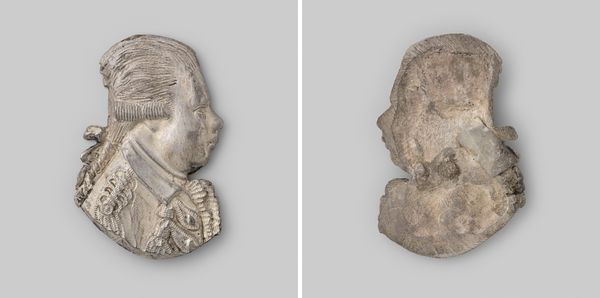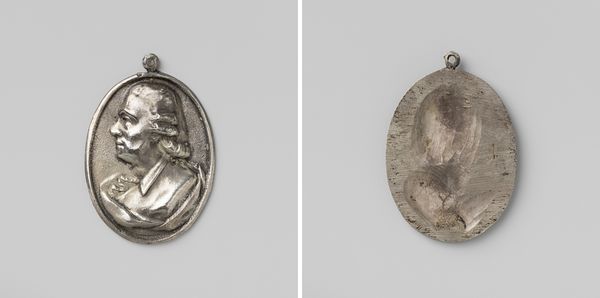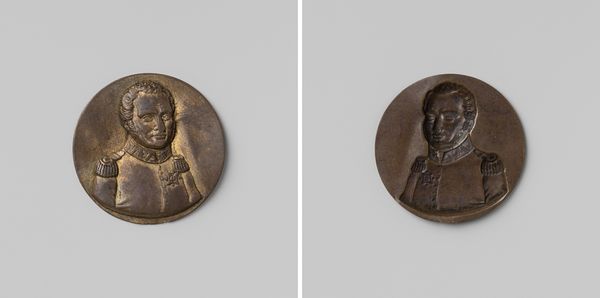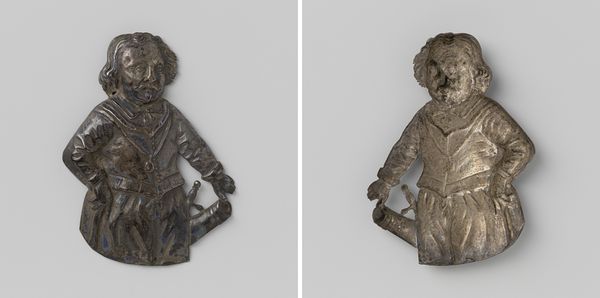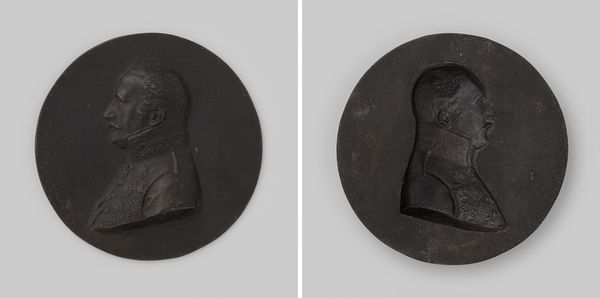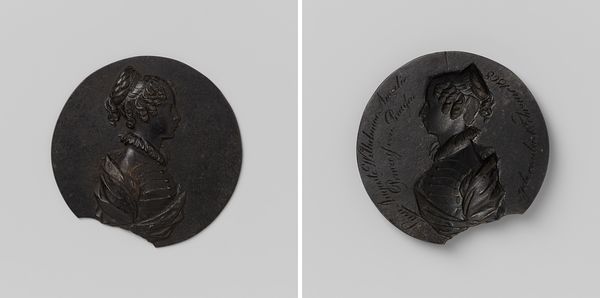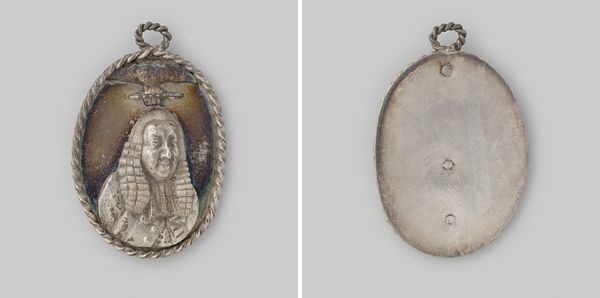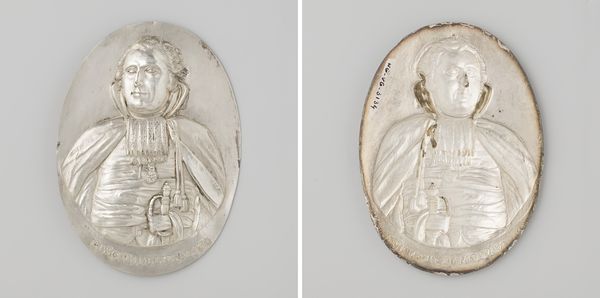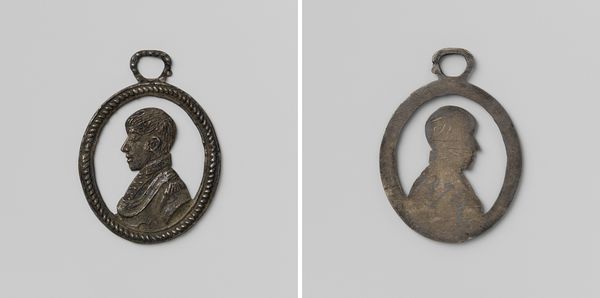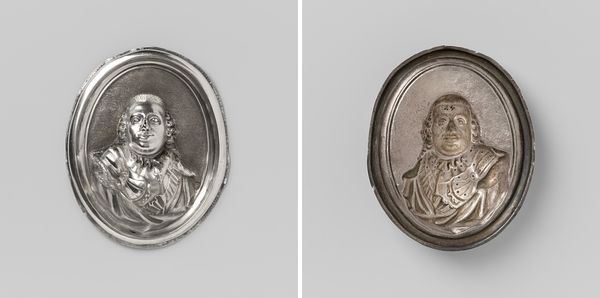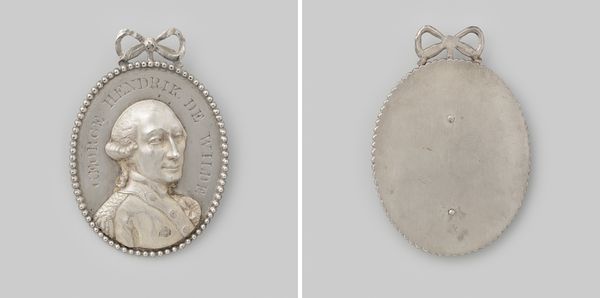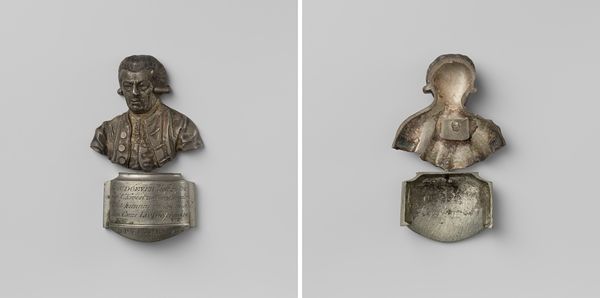
metal, sculpture
#
portrait
#
neoclacissism
#
metal
#
sculpture
#
sculpture
#
history-painting
Dimensions: length 6.4 cm, width 5 cm, weight 27.71 gr
Copyright: Rijks Museum: Open Domain
Curator: Here we have a metal sculpture, created between 1780 and 1784, depicting Joan Derk van der Capellen tot den Pol. What are your immediate impressions? Editor: Striking. There's a cool severity to it, something almost like a Roman coin portraying a local politician. It also reminds me of the Romantic obsession with ruins. Curator: It's fascinating how you pick up on that feeling of antiquity. He was a rather influential figure, part of the Dutch Patriot movement. The movement played an important role in influencing views on democracy, and it eventually helped create the Batavian Republic, heavily supported by the French Revolution. These items of his image would be displayed in public and in private, reminding people of his role and importance in those times of revolutionary turmoil. Editor: That adds a lot of depth! Given that he championed enlightenment ideals, the piece embodies a cultural drive. He's looking off to the right, towards the future it would seem. Curator: It's interesting to think about the choice of metal, too. Bronze was more conventional, wasn't it, especially to portray someone's political prominence? Maybe this indicates something specific about him and his views. Editor: Perhaps there’s an aspirational quality to it as well. Even in metal, the detail is great, really capturing something beyond the surface of the subject, though it's hard to tell considering one is partially destroyed... But overall, I feel like his image in particular, like the classical figure's images it is clearly influenced by, has acquired a certain gravitas through time, almost independent of the sculpture itself. Curator: Indeed. This particular image really showcases the influence of enlightenment-era artistic conventions. In these times many were starting to move away from grandiosity. This sculpture stands as an emblem of its cultural moment: revolutionary politics merging with nascent Neoclassical aesthetics. Editor: It seems clear now. I appreciate seeing those historical layers woven into this portrait. Curator: And I enjoyed unraveling its visual symbolism. It speaks to a specific historical period that still resonates today.
Comments
No comments
Be the first to comment and join the conversation on the ultimate creative platform.
